The plight of the hedgehog in Britain appears to be worsening, with a new survey revealing a further decline in garden sightings.
The spiky creature was once a common sight, with the population estimated at 30 million in the 1950s. But that has plummeted to fewer than one million today, with a third of this loss thought to have taken place in the past decade.
The latest survey, conducted with more than 2,600 people by BBC Gardeners’ World Magazine, found that 51% of people did not see a hedgehog at all in 2016, up from 48% in 2015. Just 12% saw a hedgehog regularly.
The poll’s result is in line with an in-depth analysis in 2015 by the People’s Trust for Endangered Species which found urban populations of hedgehogs had fallen by up to a third since 2000 and rural populations had declined by at least a half. Results from a citizen science survey run by the RSPB in June 2016 also revealed a falling number of sightings.
The decline is not entirely understood but the main factors are thought to be the loss of their habitat in Britain’s towns and countryside – where farming has intensified – as well as road deaths. The fragmentation of habitat is also a problem as hedgehogs roam up to a mile every night to look for food and mates. A possible rise in badger numbers, which can eat hedgehogs, has also been suggested as a possible cause.
However the new survey did find that almost two-thirds of the people surveyed had done something to protect hedgehogs in the last year, with 36% avoiding the use of slug pellets, 34% leaving the twigs and leaves that provide shelter and more than 20% checking for hedgehogs before strimming or lighting bonfires.
“Gardeners are increasingly acting to help wildlife, but the question is can we do it fast enough to halt this sharp decline in numbers?” said Lucy Hall, editor of BBC Gardeners’ World.
Gardens cover an estimated 10m acres of the UK and Hall said: “Our message to all garden owners is to see your outdoor space as a small-scale nature reserve – part of a network of gardens that link to make a great big, valuable habitat. Seen like this, every small step you can make to help wildlife really does make a big difference when we all act together.”
The survey also recorded falls in sightings of bumblebees, foxes and owls but a rise in the number of ladybirds spotted
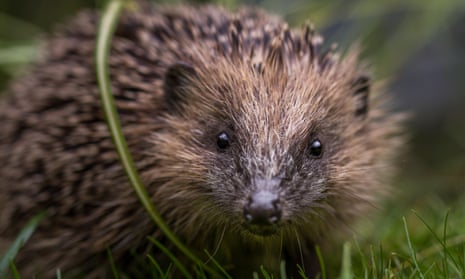


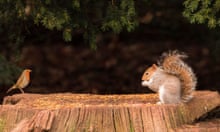
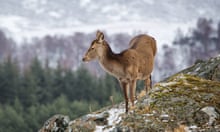
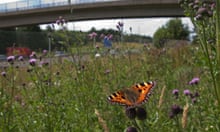
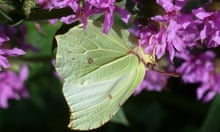
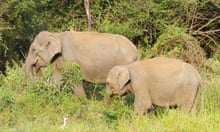
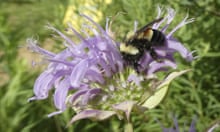

Comments (…)
Sign in or create your Guardian account to join the discussion